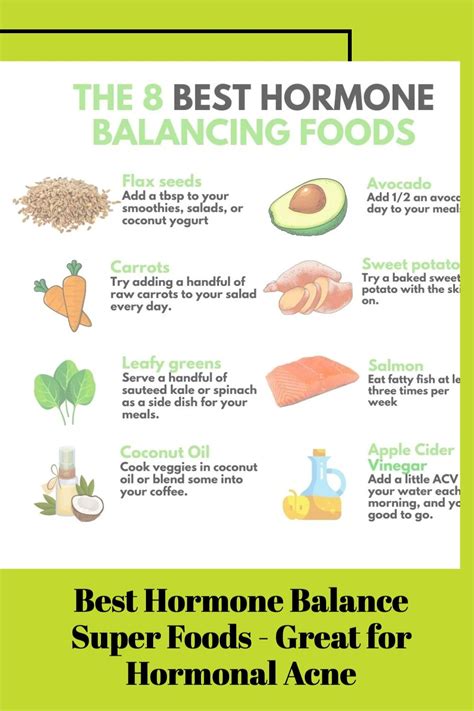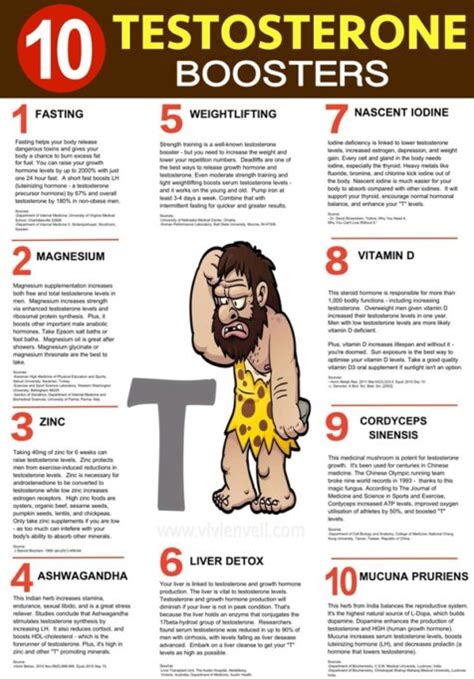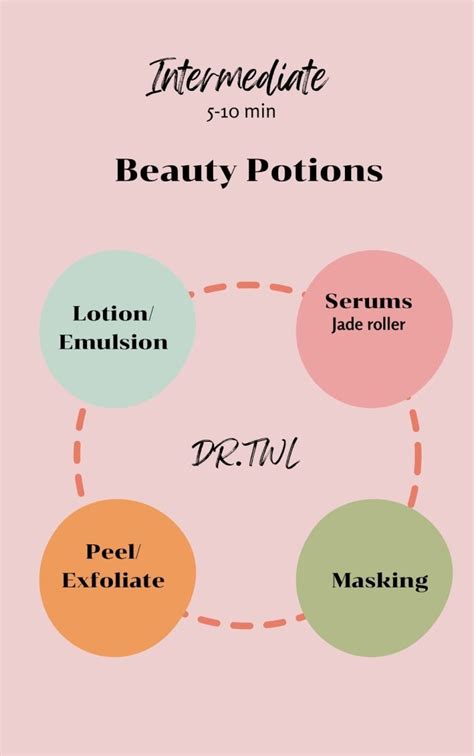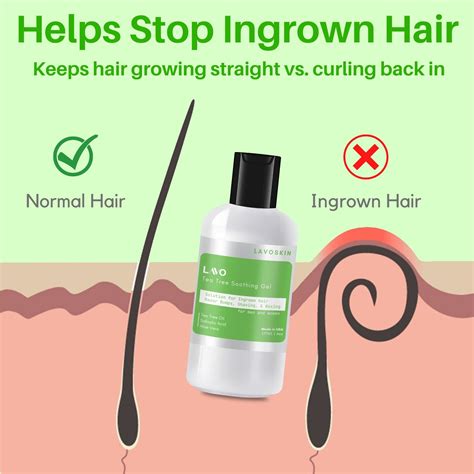Optimal shave: How to eliminate razor burn & ingrowns for a sharp, confident look?

For many, the act of shaving is a daily ritual, yet it often comes with unwanted consequences: the fiery sting of razor burn and the unsightly bumps of ingrown hairs. These common irritations can undermine even the sharpest outfit and the most confident demeanor. But what if achieving a consistently smooth, irritation-free shave wasn’t a pipe dream but an attainable reality? This guide will equip you with the knowledge and techniques to banish razor burn and ingrowns, paving the way for a truly optimal shave and a look that exudes confidence.
Understanding Your Skin and Shaving Foes
Before diving into solutions, it’s crucial to understand what you’re up against. Razor burn is an irritation of the skin caused by improper shaving techniques, dull blades, or shaving against the grain, leading to redness, itching, and tenderness. Ingrown hairs, on the other hand, occur when a hair curls back or grows sideways into the skin instead of growing straight out, often resulting in painful, red bumps or pustules. Both are preventable with the right approach.
Preparation: The Foundation of a Flawless Shave
A great shave begins long before the blade touches your skin. Proper preparation softens the hair, opens pores, and creates a protective barrier, minimizing friction and irritation.
- Warm Water & Steam: Shave after a warm shower or place a hot, damp towel on your face for a few minutes. This softens the hair follicles, making them easier to cut.
- Exfoliate Gently: Use a mild facial scrub 1-2 times a week, or just before shaving, to remove dead skin cells that can trap hairs and dull your blade.
- Pre-Shave Oil: A few drops of pre-shave oil create a protective layer between your skin and the razor, allowing for a smoother glide and reducing drag.

Selecting the Right Tools for the Job
Your shaving arsenal plays a significant role in the outcome. Investing in quality tools designed for your skin type can make a world of difference.
- Sharp Blades are Non-Negotiable: Dull blades drag and pull, leading to irritation. Change disposable razors frequently (every 5-7 shaves) or cartridge blades when they feel rough. For safety razors, change blades even more often.
- Razor Type: Multi-blade razors can be effective but can also cause irritation by pulling hairs and cutting them below the skin surface, increasing ingrown risk. Many find success with a single-blade safety razor or an electric shaver, especially for sensitive skin or prone to ingrowns.
- Quality Shaving Cream/Gel: Ditch the aerosol foam. Opt for a rich, moisturizing shaving cream or gel that creates a thick lather. Look for ingredients like glycerin, aloe vera, and essential oils that lubricate and protect the skin.

Mastering the Art of the Shave
Technique is paramount. A rushed or aggressive shave is an open invitation for razor burn and ingrowns.
- Shave with the Grain: Always shave in the direction your hair grows first. This significantly reduces irritation. If a closer shave is desired, a second pass can be done across the grain (perpendicular to hair growth), but never against it directly if you’re prone to irritation.
- Light, Gentle Strokes: Let the razor do the work. Don’t apply excessive pressure. Short, controlled strokes are more effective than long, sweeping ones.
- Rinse Your Blade Frequently: Clogged blades are dull blades. Rinse your razor under hot water after every few strokes to clear away hair and shaving cream.
- Stretch Your Skin (Gently): For tricky areas, gently stretch the skin taut to provide a flat surface for the blade, but avoid overstretching which can cause the hair to retract excessively.

Post-Shave Perfection: Soothe and Protect
The job isn’t done once the last hair is cut. Post-shave care is crucial for calming the skin and preventing issues.
- Rinse with Cold Water: After shaving, rinse your face with cool water to close pores and soothe the skin.
- Apply Aftershave Balm: Avoid alcohol-based aftershaves which can dry and irritate. Opt for a soothing, hydrating aftershave balm containing ingredients like aloe, chamomile, or witch hazel to reduce redness and inflammation.
- Moisturize: Even if you use a balm, a good facial moisturizer is essential to keep the skin hydrated and supple, further preventing ingrown hairs.

Long-Term Prevention and Maintenance
Consistency is key to keeping razor burn and ingrowns at bay.
- Regular Exfoliation: Continue exfoliating 2-3 times a week (even on non-shaving days) to keep pores clear and prevent hairs from becoming trapped.
- Hydration: Drink plenty of water and keep your skin moisturized daily. Healthy, hydrated skin is less prone to irritation.
- Give Your Skin a Break: If you’re experiencing severe irritation, consider taking a day or two off from shaving to allow your skin to heal.

Conclusion
Eliminating razor burn and ingrown hairs is an achievable goal that transforms your daily grooming routine from a chore into a refreshing experience. By understanding your skin, investing in the right tools, mastering proper technique, and committing to a consistent pre and post-shave regimen, you can bid farewell to irritation and welcome a consistently smooth, sharp, and confident look. Your skin deserves the best – give it the optimal shave it needs.









